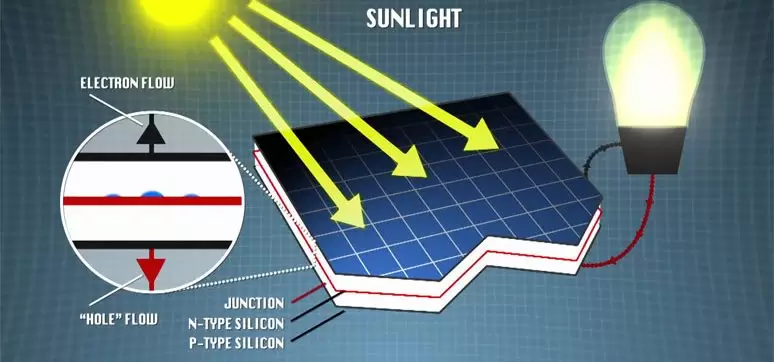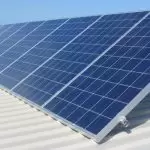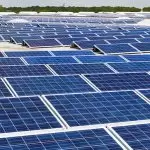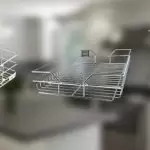Climate change is a reality most of us have come to accept. One of the causes of climate change is the burning of fossil fuels such as coal and natural gas, which are used to generate electricity or energy for our daily needs. Unfortunately, in doing so they release various gases into the air that contribute to climate change. In addition, these are finite resources that are on the verge of being tapped out.
Post your Requirement
Considering these facts, the need for a source of energy that is renewable and clean has become increasingly evident. One of the solutions, which has also been around for decades, is solar energy – energy gathered from the sun’s rays. It is a reliable energy source for two reasons – it is pretty much endless and it is clean, it doesn’t pollute our environment when generating the energy we need.
It is no wonder then that solar power has become the fastest-growing source of power in the world. In fact, its growth surpasses that of any other fuel. In light of these facts, the first questions that come to mind are – what is solar energy and how do solar panels work? Let’s take a look.
Solar Energy
To put it across very simply, the sun’s energy is captured and converted into energy that runs homes and businesses.
The fact is that the sun is a nuclear reactor, but of the natural kind. During the course of the reactions going on inside it, photons are released. Photons are small packets of energy that take around 8.5 seconds to traverse the distance between the sun and the earth. The sheer abundance of this source of energy can be guessed by the fact that the number of photons hitting the earth every hour can take care of all our energy needs for an entire year.
In order to do so, these photons need to be converted into electricity. This is where solar panels come in.
Solar Panels
Before we look at how solar panels work, we need to understand what they are. A solar cell panel is made up of much smaller units that are called photovoltaic cells. Each of these cells is basically a sandwich – it is made up of two sheets of material that is classified as a semi-conductor. Most of the time, the material is silicon, a semiconductor that is also used in microelectronics.
In order to do their job, photovoltaic cells need to establish an electric field, something that can be achieved by separating opposite charges (positive and negative charges). Therefore, the silicon is mixed with other materials so that one sheet in the sandwich becomes positively charged and the other sheet is negatively charged. Usually, the top layer has phosphorus added to it while the bottom sheet gets boron. The former adds electrons to the top sheet making it negatively charged and the latter reduces the number of electrons in the bottom sheet, thereby giving it a positive charge.
When both sheets have opposite charges, it results in an electrical field being generated between them. When a photon from sunlight hits the solar cell, it knocks an electron loose. The electric field then pushes the electron out.
By itself, this is not enough to generate electricity as we need it. Therefore, solar panels have some extra additions that take the process forward. The sides of the cell have conductive plates made of metal. The electrons knocked loose by the photons are collected in these plates and then transferred to wires that the plates are connected to. From there onwards, the flow of electrons is the way it would be when generated by any other energy source.
There is still, however, the question of Direct Current or DC and Alternating Current or AC. Solar panels generate DC. However, we use AC in our homes and businesses because it can be transmitted at less cost over great distances. So how do solar panels deal with this?
Solar panels come with an inverter attached to them. This inverter converts the DC generated by the solar panels into AC. The inverter also acts as protection with regard to ground faults and displays system stats. In recent years, micro-inverters have become more popular than central inverters. Micro-inverters work for each solar panel rather than the entire system, unlike central inverters. In doing so, they increase the efficiency of the system since even if one panel is not working optimally; it doesn’t affect the performance of the solar array. That wasn’t the case with central inverters because they converted for the entire array and even one malfunctioning solar panel could drastically reduce the efficiency of the entire array.
Solar energy is abundant, clean, and as of recent years, quite affordable. Whether you’re looking for a cheaper alternative or are concerned for the environment or both, solar energy is something that you should definitely consider.
Shop our decorative cabinet hardware including cabinet knobs, cabinet hinges, drawer slides & cabinet catches from McCoy Mart























Post A Comment